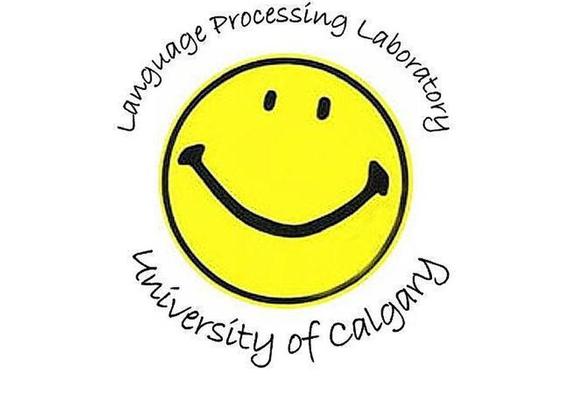
Current Research
Ongoing research in the Language Processing Lab includes studies for children and adults. Scroll down to learn more!
Studies for Adults
A brief overview of our research -
Language is a uniquely human capacity, and one that is essential to our mental and social lives. Despite its importance, we do not yet have a complete cognitive or neural explanation for key aspects of language. In our research we focus on one such aspect: When you encounter a word, how does its meaning come to mind? Word meaning retrieval is a key component process in reading, listening, and other skills that involve language understanding. To investigate semantic processing we capitalize on two facts: a) there is variability in the meaning or semantic information associated with different words, and b) there are behavioural and neural consequences of this variability. Words vary in the richness of their meanings, and one can define semantic richness in many different ways, and as a function of many different conceptualizations of semantics. For instance, by studying the effects of words’ sensorimotor richness we can test semantic frameworks that propose that sensorimotor information is an essential aspect of how we represent and retrieve word meanings. While such frameworks show promise in explaining how we understand the meanings of concrete words, like truck, that can be experienced through the senses, they struggle to explain how it is that we understand the meanings of more abstract words, like truth. Much of the previous research on semantic richness effects has tended to focus on processing of concrete nouns, yet these words represent less than half of our vocabulary. Explaining how more abstract meanings (abstract nouns, verbs) are acquired and represented is a challenge for most of the leading semantic theories and one that we are tackling in our research. We use a range of tasks and procedures, including well-established paradigms (e.g., lexical and semantic decision tasks, EEG) as well as emerging and innovative methods (e.g., the megastudy approach, gesture capture and priming), to investigate important questions about how we derive meaning from language.
To participate in our studies for adults, email us at languagelab@ucalgary.ca.
Ongoing Studies for Children
Sound Symbolism and Personality
Research has shown that individuals have inherent preferences for associating specific sounds with particular shapes. However, the reason for this phenomenon is unclear. In this study, we are investigating how children associate various sounds of first names with different alien images, as well as their receptive (hearing) vocabularies. We use computer screens and questionnaires to measure children's matching preferences and vocabulary capacity. Our goal of this study is to better understand the development of associations between first names and their inherent meanings.
We are currently looking for participants for this study!
The study session lasts approximately 30 minutes to 1 hour per child and includes free parking. Afterward, your child will receive a toy prize, t-shirt, and certificate for their contribution.
If this study captures your interest, we are looking for families who:
- Have a child aged between 5 and 7 years old
- Primarily speak English
- Live in or around Calgary, Alberta
For inquiries or if you wish to participate, please contact Peggy at peichu.liaw@ucalgary.ca.
Recent Studies for Children
The role of wearable technology in a community-based program for language development
Parents are babies’ first teachers and speech directed to babies has a direct impact on their language learning. We can learn a lot about what babies hear and learn by gaining more knowledge about the home environment. We collected day-long recordings to measure the number of adult words babies heard and the number conversational turns (back and forth interactions between the adult and baby) that they had. In this study, babies wore a special t-shirt that held a recorder, with the microphone close to the baby’s mouth. The baby wore the recorder once a week for nine weeks (a total of nine recordings), which in total gave us a 16-hour recording for each baby. A computer algorithm was designed to count the adult words and the child’s vocalizations to give us information about the home language environment. Participants in this study were babies between the ages of 6 and 33 months. Families received reports on their family language environment and the baby’s language skills, as well as a small gift.
Word association in school-aged children
Children’s first words are usually the labels for concepts they can see or touch in their environment (e.g., bath, dog, ball, mommy). Throughout development, children start to learn and say more words that represent concepts they cannot see or touch (e.g., peace, justice, think). In this study, we administered a word association task to observe how children start to learn these types of words. We asked school-aged children to name the first word that came to mind when given a target word. For example, when given the word “spoon”, what is the first word that comes to mind? Maybe the word is “fork.” What about when you hear the word “peace”? Some may think of “calm.” By asking children about their word associations, we hope to better understand how they learn these words.

Interested in participating?
For more information on more child studies, visit childresearchgroup.ca to learn more and sign up!
